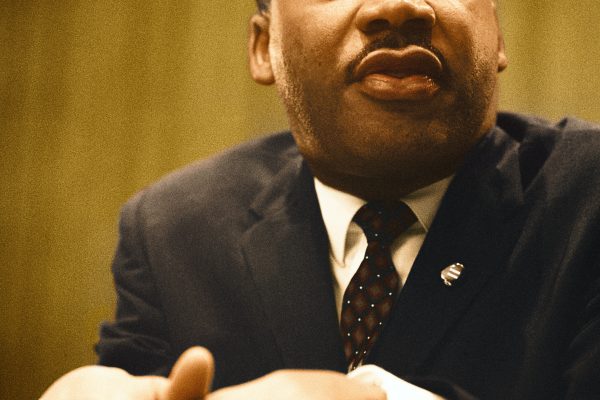A CEO’s success relies on brand health and strong leadership and, among others, is established through five specific brand management strategies: community engagement and internal communications, being vocal with social activism, hiring with values and culture in mind, addressing sales communications, and managing a personal brand with executive presence.
Kathleen Lucente, president and founder of Red Fan Communications, held a webinar in partnership with Austin-based Wharton School alumni leaders on the best practices of big brands and CEOs that play a role in their success or failure. In case you missed it, here are the top takeaways.
Brand management strategies:
COMMUNITY ENGAGEMENT & INTERNAL COMMUNICATIONS
How a CEO communicates with stakeholders is a primary indicator of a business’s overall performance and internal engagement. Employees, consumers and the public want to see CEOs demonstrate leadership internally on everything from company updates, stances on current events and even acknowledging a staff member’s birthday. This openness in turn generates heightened engagement, stronger social ties and less stress.
We often shudder in fear when we think of the Away Luggage scandal of 2019 in which employees reported a toxic work culture incited by CEO Steph Korey’s outlandish and aggressive messages in the company’s Slack channels. If a CEO is unhappy with business performance, there are more strategic ways to voice them than bullying subordinates. While this might seem obvious—at least we hope it does—it’s easy to get frustrated in the heat of the moment and rant to others. This is just not an option for CEOs. Professionalism in and out of the workplace always takes precedence.
SOCIAL ACTIVISM
Brands are increasingly being judged by how they respond to current events and societal issues. Following the surging support of the Black Lives Matter movement, customers and employees expressed their devotion and continued loyalty for brands taking a stand and speaking up against racial injustice in the U.S. Those silent faced scrutiny for either not taking enough action relative to their influence or not committing to any action at all. Today’s consumer is loyal to the brands that share their values, and spend their money accordingly. CEOs can no longer sit on the fence; it’s time to pick a side. Being vocal on current events is essential to supporting growing movements and retaining employee and customer engagement.
Ben & Jerry’s is one of our favorite examples of social activism based on the work they’ve been doing for years around the Black Lives Matter movement. If you haven’t seen—and we’d be surprised if you haven’t—the company has been outspoken with calls to action for their customers and our national government. Ben & Jerry’s proves to the world that any company of any size in any market can build social activism into their DNA. So when we’re standing in the freezer aisle picking up dessert, no other ice cream stands a chance. Consumers understand that supporting Ben & Jerry’s is supporting a brand that demands action.
RECRUITMENT AND CULTURE
Specific skill sets are essential for hiring, but so is the ability to be a brand evangelist. Building a community around the business solution must be part of the company’s values and communicated clearly to heads of HR. Pinpointing results of high internal brand evangelism might be difficult, but they can be spotted in the ease of a major sale or in the marketing content throughout the customer journey. When staff believe in the product and the company, it sustains a productive and positive culture.
SALES COMMUNICATIONS
The sales team should never be siloed. Open communication and cooperation between all departments allows each section to adapt to changes appropriately. As we’ve seen recently in the pandemic, there are times not to push sales. The mindset of selling at all costs has been paused, and sales teams are focusing instead on establishing long-term relationships with customers.
PERSONAL BRAND
A CEO’s personal brand is both intertwined with and separate from the brand of the company they lead. The best CEOs have built a personal brand that reinforces the core values of their company and helps to fulfill the bottom line. The best personal brands also stand on their own and provide an outlet for CEOs to express their opinions, offer subject matter expertise and engage with the market in new ways. How one communicates is an extension of one’s personal brand. Learn from one of our favorite examples, Robert Smith, CEO and founder of Vista Equity Partners. Smith finds value in investing in the future and lived his values in 2019 when he gave the commencement speech at Morehouse College in Georgia, vowing to pay off the student loan debt of the graduating class. These students are the future, directly folding into Smith’s greatest value.





